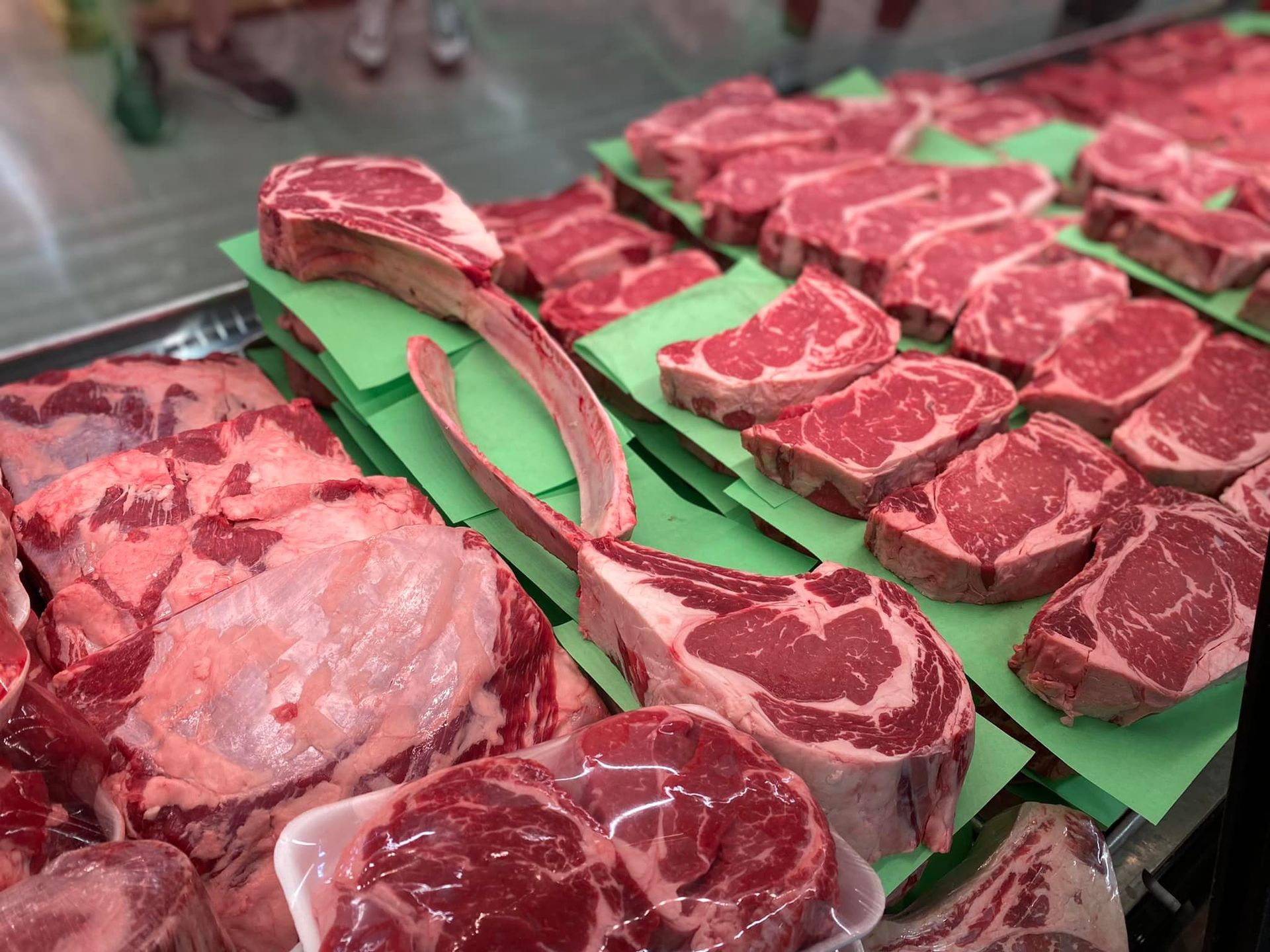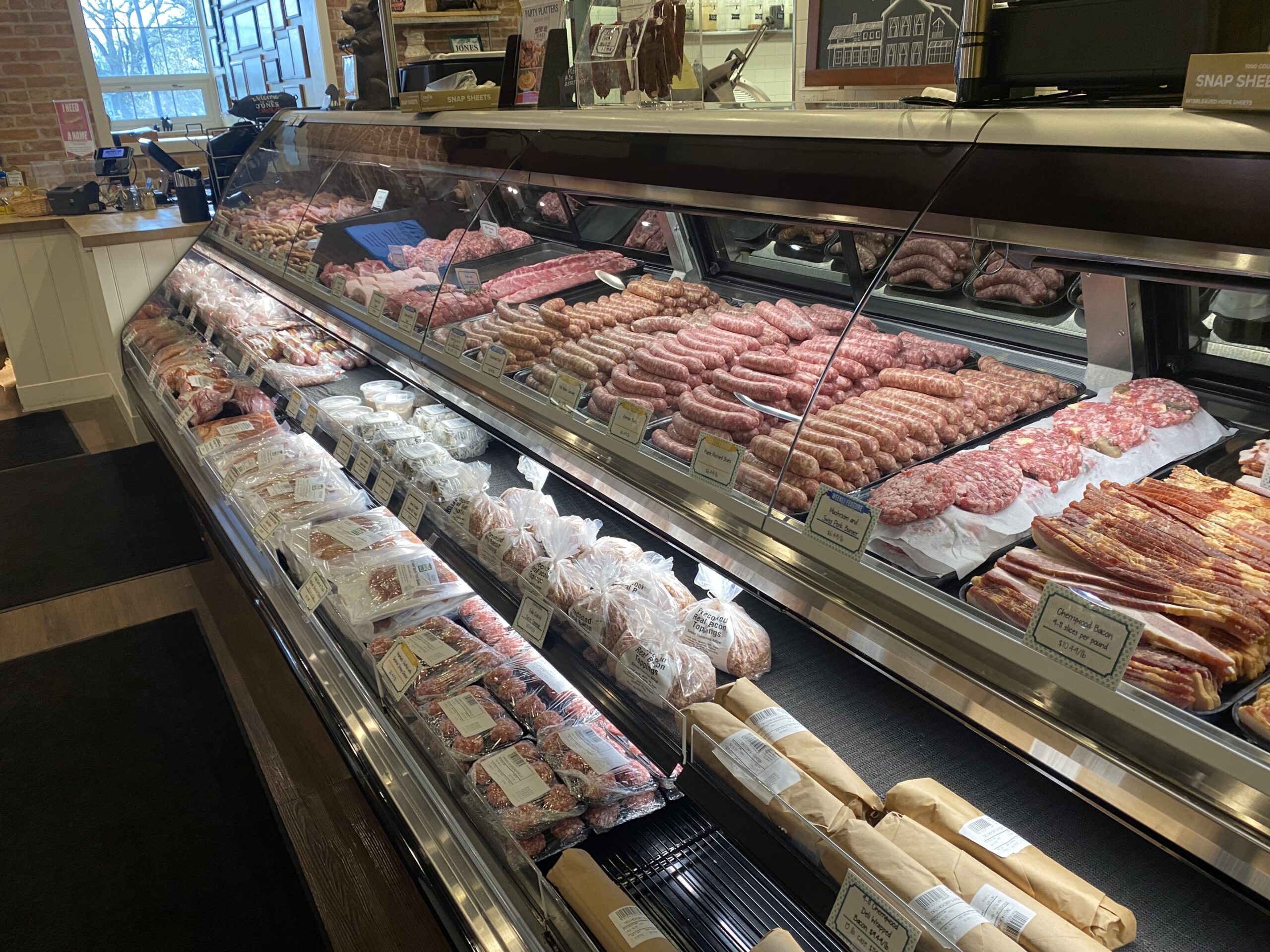Discover the Neighborhood Flavor at Bagley Farms Meat Market Edwardsville IL: Fresh and Delicious
Reveal the Art of the Butcher's Cut in a Modern Meat Market
In the ever-evolving landscape of modern-day meat markets, the butcher's cut has transcended its standard origins, merging old-time craftsmanship with contemporary practices. bagley farms meat market edwardsville il. Today's butchers are not merely cpus of meat; they are knowledgeable craftsmens who stress sustainability and honest sourcing. Their experience in picking and preparing cuts customized to details culinary demands provides an exceptional dining experience. Yet, what truly establishes the contemporary butcher apart is their capacity to build a deeper connection in between customers and the beginnings of their meat. Just how do these masters equilibrium custom with development, and what implications does this have for the future of meat intake?
Evolution of Butchery Techniques

The mid-20th century saw butchery techniques better refined by clinical insights into muscle mass biology and meat aging, enhancing both inflammation and preference. Developments like vacuum cleaner packaging and refrigeration extended item shelf-life, enabling butchers to branch out offerings and improve quality control. This period additionally marked the rise of specialized devices, such as band saws and meat slicers, which boosted accuracy and efficiency in meat processing.
Computerized systems now assist in monitoring pet provenance and enhancing cuts to fulfill specific customer preferences. Additionally, a rebirth in artisanal butchery has emerged, blending typical abilities with contemporary understanding to cater to consumers looking for moral and lasting meat choices.

Understanding Meat Cuts

Understanding the ins and outs of meat cuts is crucial for both butchers and consumers seeking quality and worth. For butchers, precise cuts reflect skill and regard for the craft, making certain very little waste and optimum return.
The main categories of meat cuts consist of primal, sub-primal, and retail cuts. Butchers then damage these down better into sub-primal cuts, before finally generating retail cuts offered to consumers, like ribeye or tenderloin.
Understanding muscle make-up is important; muscle mass made use of more often by the pet tend to be harder and are best suited for slow-moving food preparation techniques, while less-used muscle mass, like those located in the loin, are much more tender and ideal for barbecuing or roasting. Knowledge with these distinctions encourages customers to make enlightened options, boosting their culinary undertakings.
Choosing High Quality Meat
Choosing the best meat includes even more than simply picking an aesthetically appealing piece from the display screen. The art of choosing top quality meat calls for a critical eye and understanding of details qualities that indicate quality and page excellence.
Secondly, consider the click here now marbling, which refers to the white flecks of fat within the muscular tissue. Appropriate marbling is a key indication of inflammation and taste, as it melts throughout cooking, improving the meat's juiciness. Remember, higher marbling frequently associates with superior top quality cuts, such as USDA Prime.
Appearance is one more crucial factor; meat ought to feel strong to the touch, not slimy or excessively soft. In addition, bear in mind the aroma. Fresh meat must have a tidy, neutral odor, totally free from any kind of sour or off-putting odors.
Coupling Cuts With Cooking Techniques
Efficiently matching cuts of meat with the ideal cooking techniques is crucial for accomplishing ideal taste and texture. Different cuts differ in inflammation, marbling, and connective tissue material, each needing details techniques to open their potential. Tender cuts like filet mignon and ribeye, with their integral marbling, benefit from high-heat, quick-cooking techniques such as cooking or pan-searing. These methods enhance the meat's natural tastes and make certain a juicy surface.
On the other hand, harder cuts like brisket and chuck roast are rich in collagen, which breaks down into gelatin when prepared slowly. These cuts are excellent for braising or slow roasting, enabling the meat to soften in time and create deep, complicated flavors. Cuts such as short ribs and pork shoulder fare well with slow-cooking methods, where expanded cooking times change their durable appearances into succulent recipes.
Lamb shanks and oxtail, which call for extended cooking to soften, are best candidates for stewing or slow-moving simmering. These techniques coax out rich, passionate tastes while maintaining dampness. By recognizing the special attributes of each cut, chefs and home chefs alike can raise their culinary productions, making certain each meal is both satisfying check here and remarkable.
The Butcher's Duty Today
Browsing the progressing landscape of the contemporary meat market, the butcher's role today extends past simple preparation of cuts. Contemporary butchers are cooking artisans, instructors, and advocates for lasting methods.
In addition to crafting accurate cuts, butchers now involve directly with customers, supplying cooking guidance and customizing selections to fit private demands and preferences. Their proficiency in meat aging, marbling, and flavor accounts empowers customers to make enlightened choices, improving their cooking experiences. This individualized service exemplifies the butcher's developing role as a relied on advisor in the kitchen area.
In addition, butchers are crucial in decreasing waste, making use of whole pets to create varied products such as sausages and stocks - bagley farms meat market edwardsville il. This extensive technique not only appreciates the animal yet additionally lines up with contemporary sustainability goals. In this means, the modern butcher embodies both practice and innovation, adapting to an ever-changing market while preserving the creativity and honesty of their craft

Conclusion
Proficiency in understanding varied meat cuts and quality signs encourages butchers to provide educated referrals, aligning certain cuts with optimum cooking techniques. By recognizing historic practices while accepting modern needs, the butcher's role stays vital in today's advanced meat market.